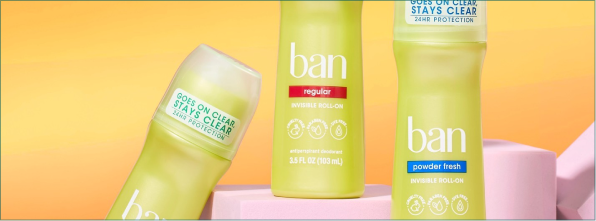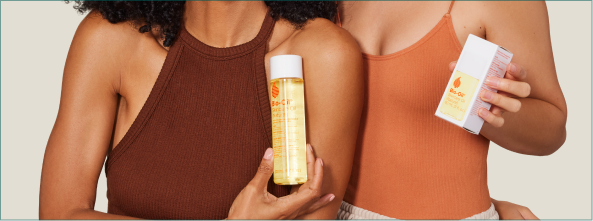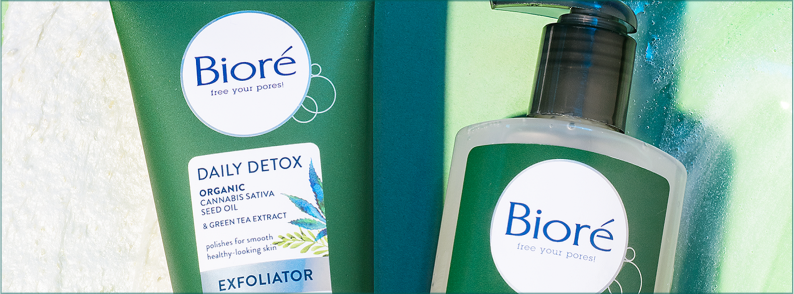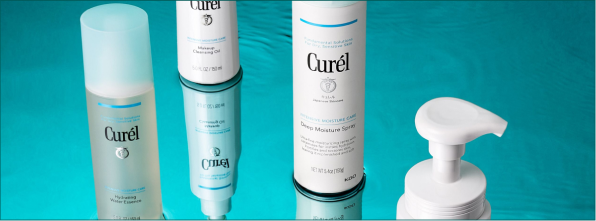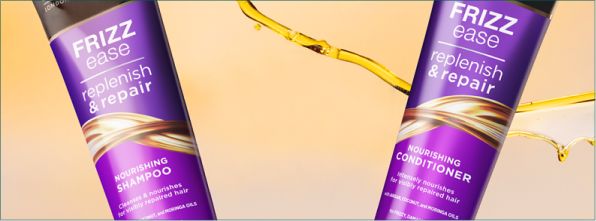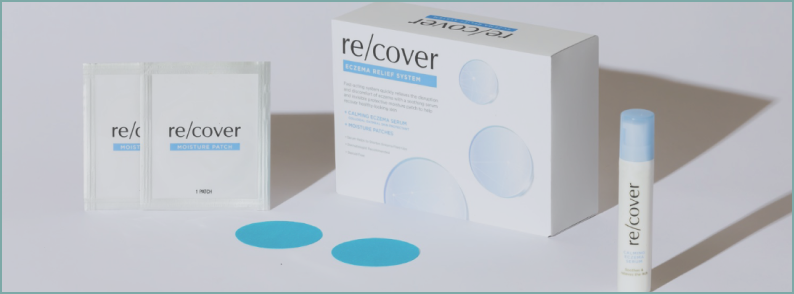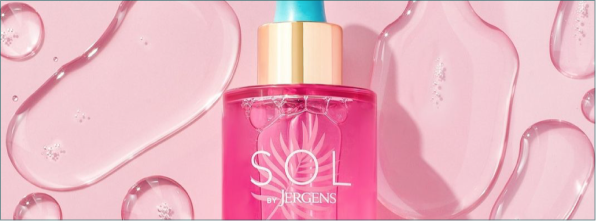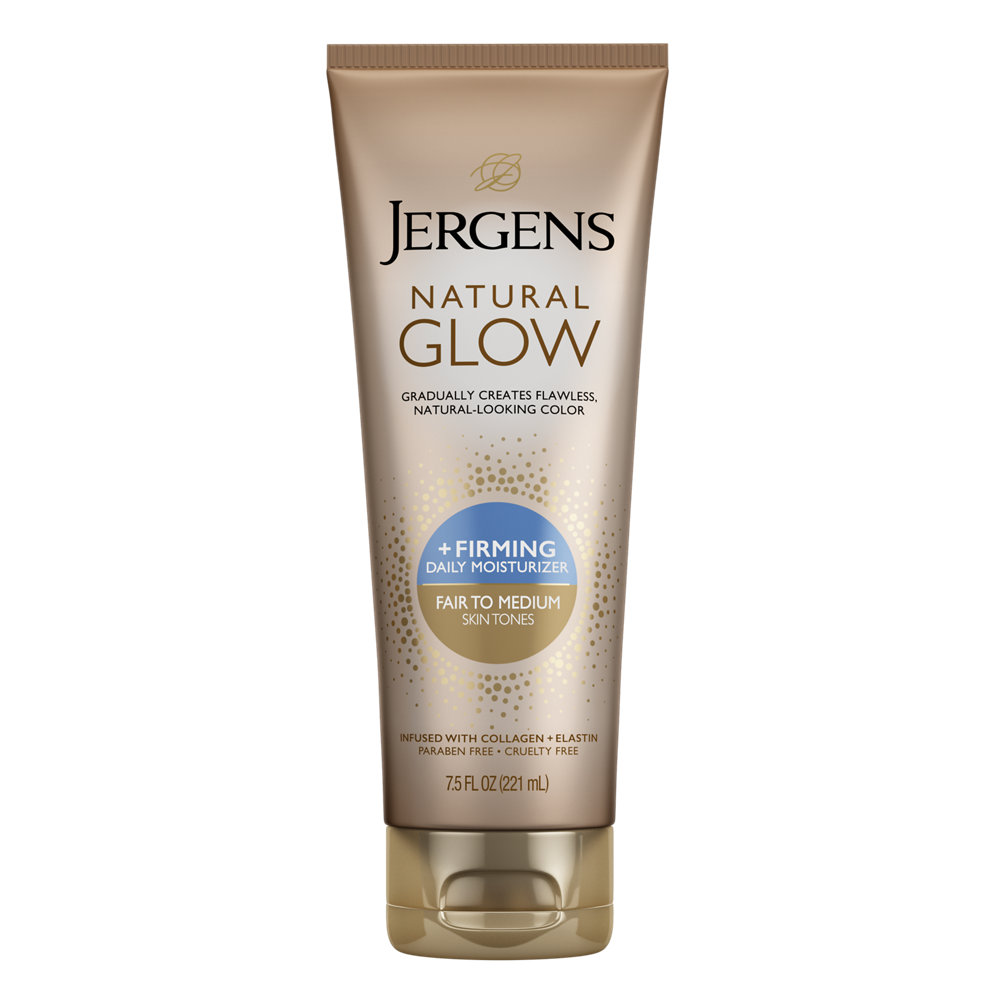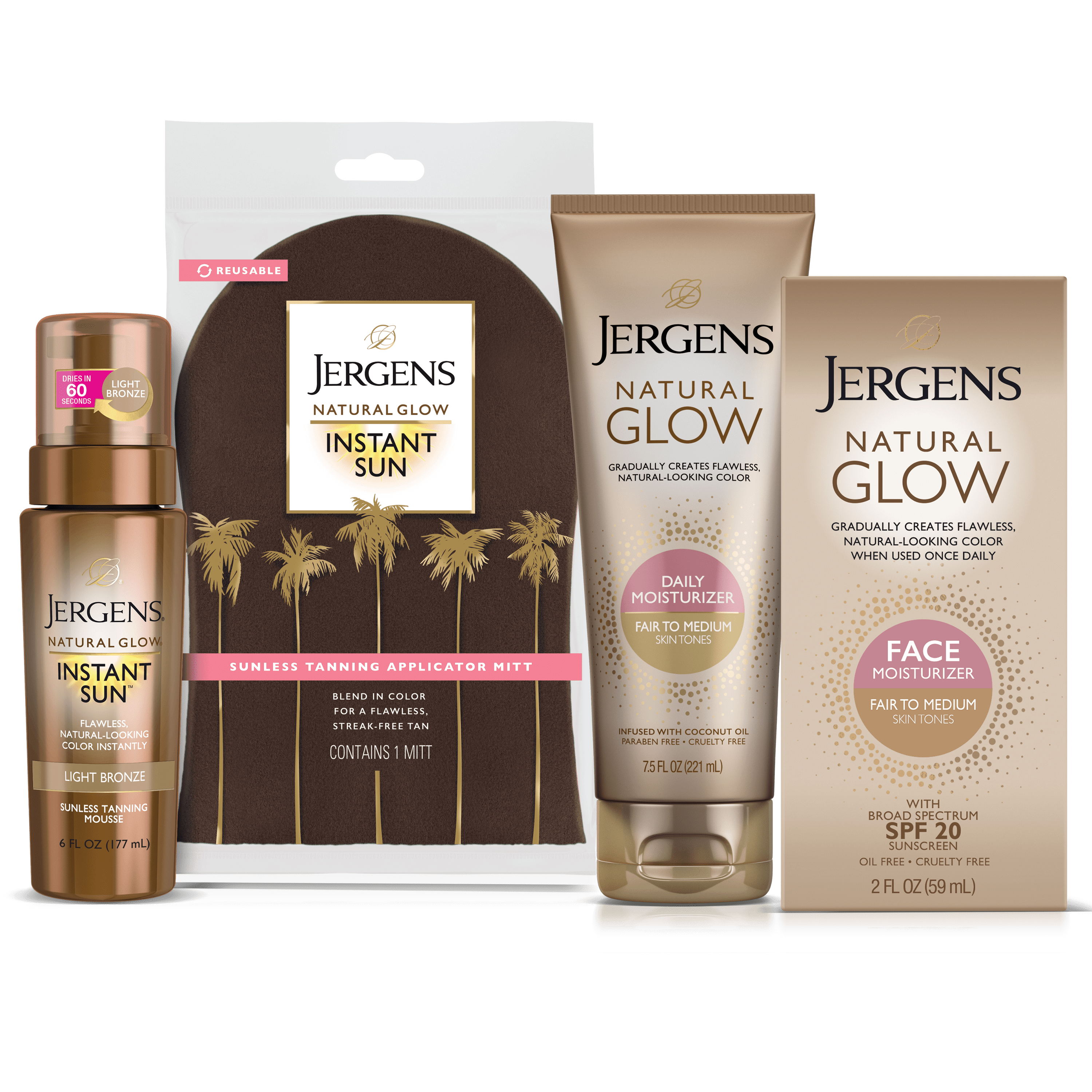Dihydroxyacetone: What Is DHA and How Does It Make You Tan?

Self-tanning has been steadily growing in popularity as more and more research exposes the dangers of UV rays from indoor and outdoor tanning. Tanning has been a popular beauty trend for several decades, and many are turning to self-tanners as a safer alternative. One of the most common self-tanning ingredients is dihydroxyacetone, which you may know as DHA.
DHA is primarily derived from sugar beets and sugar cane. A simple carbohydrate, DHA, is currently the only substance that the U.S. Food and Drug Administration approved to tan the skin and is the most commonly used ingredient in self-tanners. When used correctly, DHA is a non-toxic way to create a temporary browning effect on your skin. The substance achieves this by reacting with amino acids in the protein keratin of your skin to produce a sun-kissed look.
How Did DHA Become a Sunless Tanning Agent?
Scientists discovered that dihydroxyacetone could tan the skin entirely by accident. It all began in the 1920s when German scientists used DHA as part of the X-ray process. When someone accidentally spilled the substance onto a person's skin, the scientists noticed that the affected area would temporarily turn brown after a few hours of exposure.
An article published by the U.S. National Institutes of Health adds that in the 1950s, a researcher at the University of Cincinnati made a similar discovery. Eva Wittgenstein conducted studies where DHA was used as an oral treatment for glycogen storage disease. When ingesting large doses, the children sometimes spilled the substance onto their skin. Doing so caused the skin to turn brown within a few hours.
In the 1940s, California reportedly introduced the first commercialized sunless tanning lotion. In the 1960s, tanning lotions became more popular, and in the 1970s, the FDA awarded DHA a permanent spot on its list of approved ingredients for cosmetic use. Since then, no other alternative has proven capable of producing a safe, natural-looking tan.
When sunless tanners first came out, most formulas with DHA tended to make people look more orange than brown. However, due to high demand, the cosmetic industry has made significant improvements. Jergens® Natural Glow® self-tanners focus on cultivating that fresh-from-vacation look that so many tan-lovers enjoy.
How Does DHA Tan Your Skin?
DHA comes from glycerol, which is a sweet-tasting and non-toxic viscous liquid. However, DHA and sunless tanners should not be ingested. Scientists use microbial fermentation to create this glycerol from simple sugars. It then darkens the skin via the Maillard reaction. This term describes the process where amino acids react with sugars.
The concentration of DHA used in tanning lotions typically varies among products. Gradual tanners tend to have less DHA, while tanners that promise instant results have a higher percentage of DHA. Once darkened, the skin remains this way for a few days and begins to fade within three to 10 days.
Regardless of why people use DHA creams and lotions, one thing some people dislike about the product is the smell it leaves on their skin. Hailey Hemmer, a scientist at Jergens® Skincare, says, “As tanning products work to darken the skin, some people may develop an unfamiliar smell on their skin. This smell is a part of the skin darkening process.
“Some people have told us that it smells like they have spent a day at the beach, and their skin smells warm and toasty. The smell is different from person to person. However, the fragrance in Jergens® Natural Glow® products helps block the smell for many of the consumers who tested the product.”
Is It Safe To Use DHA for Tanning?
For achieving a natural-looking glow, applying dihydroxyacetone via sunless tanner is your safest option. Various studies have confirmed that this is a much safer alternative to indoor and outdoor tanning, which puts people at risk for developing the deadliest type of skin cancer, melanoma. According to the American Academy of Dermatology, people increase their risk of developing melanoma by at least 59% when they begin to use tanning beds before 35 years old. However, It has been decades now since agencies all around the world approved DHA for self-tanning use. It is, however, important not to inhale DHA or apply it to any areas with mucous membranes, such as around the eyes, near the lips, or under the nose.
When using sunless tanning products, skincare experts advise consumers to avoid excess sun exposure and regularly apply sunscreen. Just because you look tan, self-tanners do not provide sufficient protection from the sun’s harmful rays. When you spend time outdoors, make sure to wear sunscreen that's at least SPF 30 to protect your skin from the sun.
What Are Some of the Best Self Tanning Tips?
Aside from following specific product instructions, here are some application tips to help you achieve the best results from sunless tanners.
- Exfoliate your Skin: Exfoliating your skin helps get rid of excess dead skin cells. Gently scrub your skin with a loofa, washcloth, or exfoliating scrub to create a clean canvas from sunless tanner. We recommend paying extra attention to the ankles, knees and elbows as these areas tend to be drier than the rest of your body.
- Apply Sunless Tanner in Parts: There is no need to tackle application all at once. While you do want an even color, separating the application into parts can make this easier. Some people do their top half first and then their bottom half. Others start with their torso, legs, and arms and then fill in the gaps.
- Clean Up Joints: Joint areas such as the ankles, knees and elbows tend to be drier than other parts of your body. This extra dryness can cause these areas to absorb more of the product, which may cause your joints to look darker. Consider dampening a towel and wiping some of the product away in these areas.
- Dry or Rinse: Some self-tanning lotions are rinsed off in the shower, while others you let dry and then get dressed. Be sure to check the instructions to see what kind of lotion you have and what the requirements are.
Is It Safe To Use Sunless Tanners While Pregnant?
Recent studies have found that DHA does not pose a risk to pregnant women or fetuses. A study published by the U.S. Institutes of Health in 2011 found that when applied topically, even concentrations as high as 15% had minimal systemic effects of just 0.5%.
The American Pregnancy Association agrees. While the organization discourages pregnant women from tanning on the beach or in a tanning bed, it states that sunless tanning lotions are safer alternatives. Because there is a potential risk of absorption, the association recommends waiting until after the first trimester to use self-tanning products.
Despite an overall green light on its use during pregnancy, Hemmer reminds mothers and mothers-to-be, “If you are pregnant or nursing, please consult with your doctor or healthcare professional who is familiar with your personal health history before using any sunless tanning product.”
In general, it is best for pregnant or nursing women to avoid professional spray tans and spray tan booths. One of the many reasons provided for this is the risk of inhalation, absorption, and ingestion because many booths do not use eye covers, mouth covers, or nose plugs. Most doctors also advise women to steer clear of UV-tanning booths.
Key Takeaways
- Both indoor and outdoor UV-tanning increase the risk of developing skin cancers. Self-tanning lotions are a much safer alternative.
- Even though dihydroxyacetone is derived from simple sugars in sugar beets and sugar cane, you should not ingest it.
- The brown pigmentation caused by applying DHA-infused lotions and creams to the skin result from a natural process known as the Maillard reaction.
- DHA has been approved for cosmetic use by the U.S. Food and Drug Administration, as well as several agencies in Europe and the rest of the world, for many decades.
- Using self-tanning lotions is considered relatively safe for pregnant and nursing mothers, but they should still contact their doctors for medical advice.
